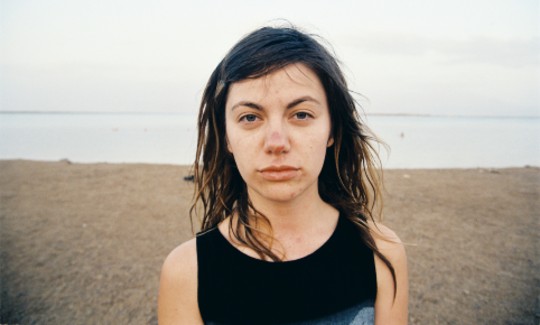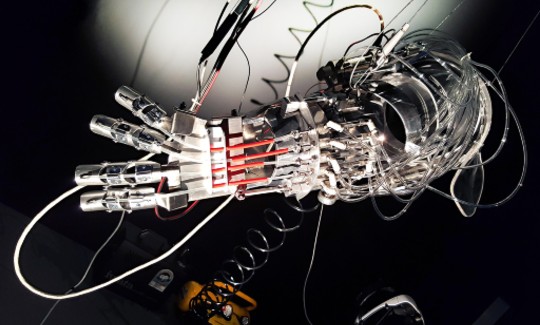Hybrids, Creatures of Wonder
Saturday, 21.12.19, 20:00
Saturday, 01.08.20
:
Revital Silverman Grun
More info:
046030800This exhibition explores the world of the hybrids as an alternative existence reflecting the fluid, unstable, and complex identity of woman in the contemporary cultural discourse, as described by prominent feminist thinkers such as Rosi Braidotti and Donna Haraway. In this context, the idea of the "nomad," used by Braidotti, is another name for the feminine. It serves as a positive model of movement and impermanence, denoting a mental, rather than a geographical journey.
The photographs of Boryana Rossa depict an Eastern European woman dressed in elegant Western clothing, shown against the background of old and decrepit houses. She constitutes a hybrid between the old Communist regime and the new capitalist culture. The nomadic subjectivity, according to Braidotti, embodies a perpetual state of being. This nomadic subjective existence is reflected in the work of Anna Yam, who moves and travels between languages, nationalities, cultures, ever since arriving in Israel from Sverdlovsk at the age of twelve. In a self-portrait from a family trip to the Dead Sea, a red spot sullies her face. It is a trace of her mother's lipstick – a memory of the feminine legacy representing the Russian world.
The dancer's body represents the values of precision and harmony. The dancers in the installation by Meira Grossinger, which seem like hybrid creatures, do not have the appearance of classical dancers with an ideal body; rather, their appearance is rough. They are made of newspapers – a material that is disposed of after use – and look like old women wearing heavy make-up.
In her work, Roey Victoria Heifetz creates portraits of elderly transgender women with elegant hairdos and skin full of folds, wrinkles, and moles. The presentation of these figures on exposed paper sheets emphasizes the vulnerability of the aging body. The drawings' blurred stains raise questions regarding the body's boundaries. These feminine figures are placed in a realm of superfluity, expressed in their huge, inhuman size – as figures that are larger than life.
According to Donna Haraway, we have all become legendary hybrid monsters, "cyborgs" that are a combination of organism and machine. Australian artist Stelarc connects with cyberspace, expanding his human capabilities. He wears video glasses and earphones, enabling him to see through the "eyes" of someone in London and hear through the "ears" of someone in New York. The use of a technological invention enables him to move his right arm involuntarily. The work explores the experience of a body with a split physiology, linked to three different geographical locations. The artist's shadow, projected on the wall behind him, performs the choreography of a chimeric, phantom play. According to Haraway, the chimera – a monster out of Greek mythology that is a hybrid of a lion, a goat, and a snake – is a metaphor for the contemporary combination of technology and biology. The term "chimerism" describes, among other things, a creature with a body consisting of cells with DNA from different sources.
The chimeric totems in the works by Assaf Rahat are hybrids created using a technique of winding and weaving strings with glue. Rahat changes the structure of the traditional totem pole. He creates circular and horizontal totems aspiring to perpetual movement and change. These poles create tension between the bonding of one being with another, and a disconnection between them.
Hybrid existence represents the ability to speak in a number of voices, fields, and ranges at one and the same time. The hybrid, the monster, and the other, as presented in the exhibition, are realizations of the dynamic nomadic subject. They are depicted in an arena filled with wonder, allowing for a new gaze on the body.


